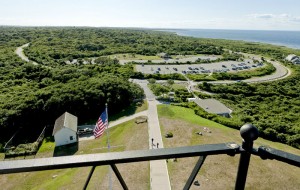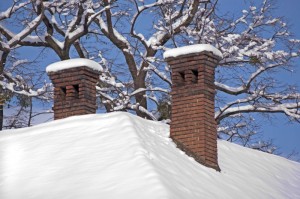We Serve Suffolk County
There is no better place in the county for us to provide comprehensive chimney services than in Suffolk County, New York. Chief Chimney Services has been part of the Suffolk Country business community for over 30 years. Over that time we have seen a lot of changes to our area; however, nothing can offset the rich history and the spirit of past and current residents.
For those who have never been to Suffolk County, let us introduce you. Long Island is in Suffolk County. The peninsula extends into the Atlantic Ocean. The world renowned Hamptons is also part of Suffolk County. The area is characterized by its beaches, wharfs, farmlands, seaside villages, rolling hills, and farmlands. Long Island was named one of the Top Ten Wine Regions in the World by Wine Enthusiast magazine. Dr. Beach, a noted, beach expert, named Main Beach in East Hampton the Best Beach in America.
The first inhabitants of Long Island were the Algonquin Indians. The Algonquins and others who came to settle in the area were attracted by the waterways, local game, rich farmland, and native nuts, berries, and grains. Those interested in the development and chronological history of Suffolk County can click here.
There are almost 300 places in Suffolk County currently listed on the National Register of Historic Places which preserve the area’s rich history. Click here for a complete list.
The Vanderbilt name is synonymous with Suffolk County. Visitors and residents enjoy visiting the mansion, museum, and planetarium on the Vanderbilt estate. For more information click here.
It’s the local nuances of an area that gives it its character. Here are a few bits of information to enlighten and amuse you.
- You can never get really lost on Long Island.All you have to do is drive until you come to water and then turn around, “re-routing re-routing”.Suffolk County is described as an “epicurean’s dream”.
- “The word “fresh” takes on a different meaning. Here, the menu’s ‘catch of the day’ was likely hauled in that morning from the waters off our Island shores, prepared and served with vegetables – picked from a nearby farm – seasoned with herbs from the garden then paired with a Pinot Grigio from a vineyard just down the road.” Click here for more information on great dining experiences.
Suffolk County has several aviation museums and places to explore science, mathematics, history, energy, astronomy, and technology. To learn more click here.
Those interested in live entertainment will not be disappointed. The theatres and auditoriums in the North Shore area have performances for all entertainment genres and audiences. Click here for more information.
New York City is close enough to visit when you want to participate in all that one of the world’s most dynamic cities offer, yet far enough away not to interfere with the tranquility and charm and quaintness this historic county offers.
Quality of life is important to residents visiting in Suffolk County. Chief Chimney Services is proud to maintain chimneys and fireplaces and offer comprehensive and related service to new residents of Suffolk County as well as those whose ancestors are part of the area’s history.




